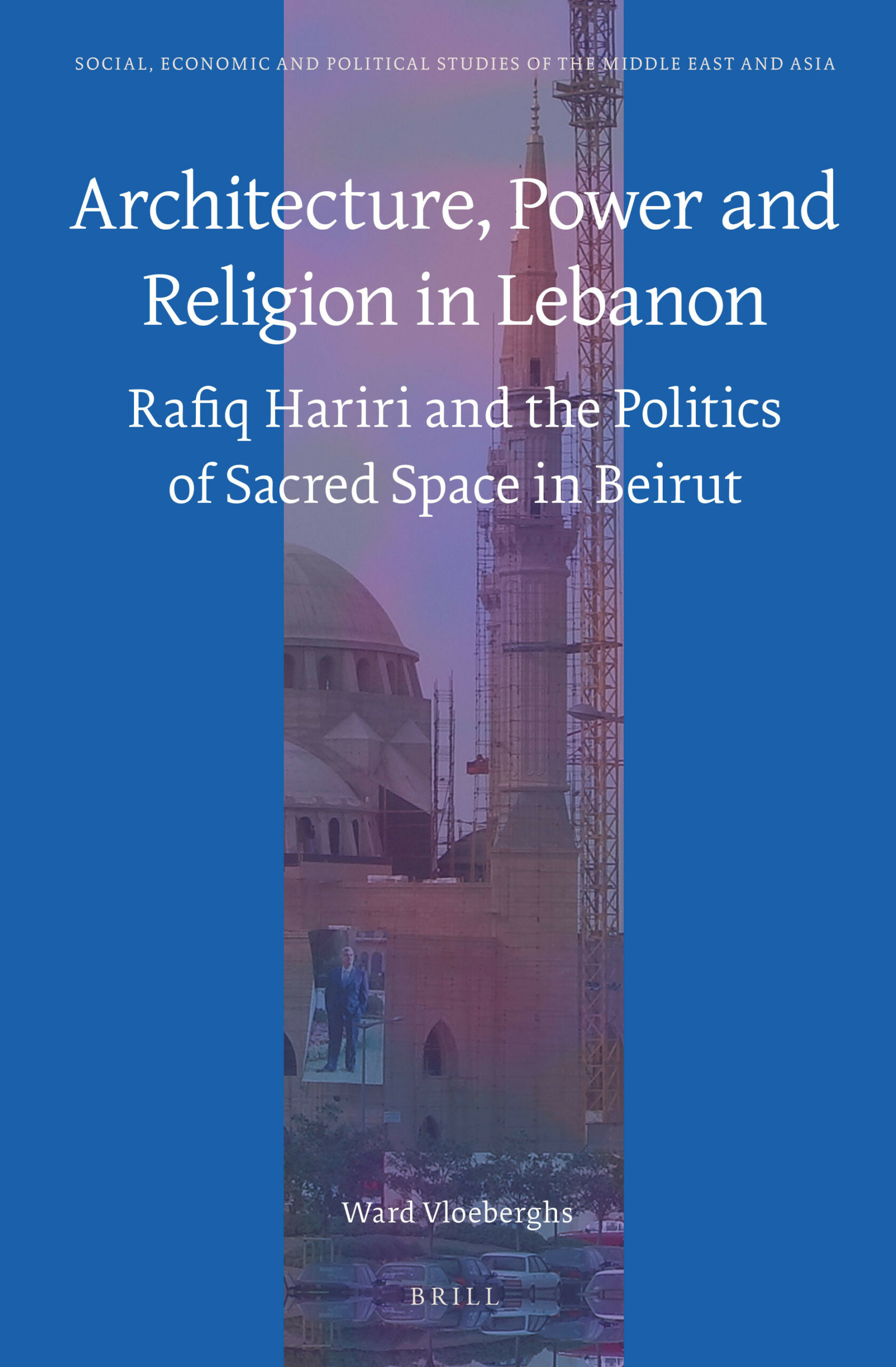
In Architecture, Power and Religion in Lebanon, Ward Vloeberghs explores Rafiq Hariri’s patronage and his posthumous legacy to demonstrate how religious architecture becomes a site for power struggles in contemporary Beirut. By tracing the 150 year-long history of the Muhammad al-Amin Mosque – Lebanon’s principal Sunni mosque – and the subsequent development of the site as a commemoration venue, this account offers a unique illustration of how architecture, religion and power become discursively and visually entangled. Set in a multi-confessional society marked by social inequalities and political fragmentation, this interdisciplinary study analyses how architectural practice and urban reconfigurations reveal a nascent personality cult, communal mourning, and the consolidation of political territory in relation to constantly shifting circumstances.
Vloeberghs, W. (24 Nov. 2015). Architecture, Power and Religion in Lebanon. Leiden, The Netherlands: Brill.
I agree to the terms outlined below:
You agree to upload and assign Mosqpedia Database the rights to use the content worldwide and in perpetuity across all current and future media platforms. Mosqpedia Database may edit, copy, adapt and translate your contribution.
The content will be distributed under the Creative Commons Attribution-Deed – Attribution-NonCommercial-NoDerivatives 4.0 International – Creative Commons
All data will be stored in line with data protection regulations.